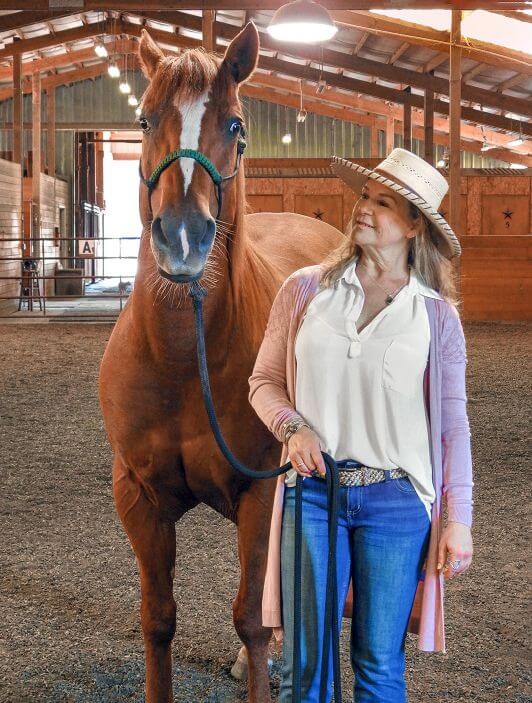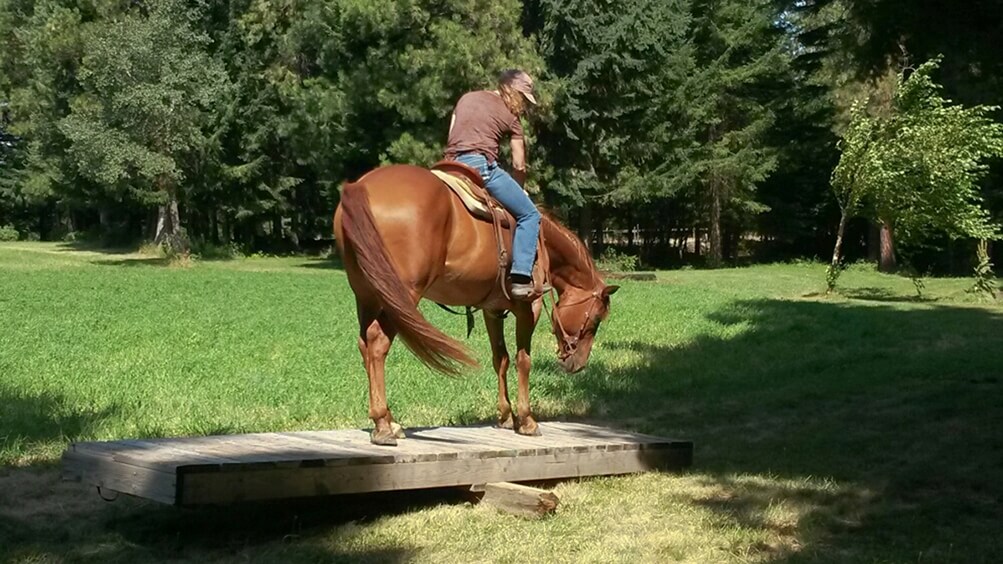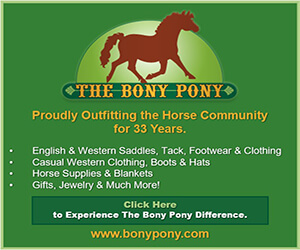Core strength, flexibility, and posture are vital in maintaining balance and stability in our daily activities. They are ultimately essential for an athlete’s ability to perform and avoid injury.
A strong core, flexible body, and good posture will help riders with their ability to continue to ride well into their senior years. Although some of the readers here aren’t anywhere near being a senior, it’s still important to understand the significance of how a rider’s fitness level can affect their riding abilities, and their horse’s health and well-being.
Injuries, posture, weight, and other factors can also keep us out of the saddle. For example, when I developed cancer in my right knee, I couldn’t push off the ground to mount my horse. When I finally got back to riding, it was difficult to mount as I had lost much of my core strength during the initial knee injury, diagnosis, and treatment. However, as a longtime fitness professional, I persisted and was soon riding again.
What is the Core?
Many believe the core is only stomach muscles. That isn’t the case. The core includes the stomach muscles (transversus, rectus abdominis, internal and external obliques), pelvic floor muscles, multifidus, the erector spinae, hip muscles (adductors, abductors, glutes, etc.), and the diaphragm.
With proper functioning of the core, a rider is better able to maintain good posture and balance, rotate the torso, and mount or dismount. In addition, maintaining a strong and supple core is beneficial to the horse’s health, so they can better move with us and us with them.
Muscles and Their Functions
The back extensors (multifidus and erector spinae) extend the spinal column and help the rider sit tall. If the lower back (lumbar spine) is hyperextended, there is too much curve to the lower spine. However, a rider who slouches is overly flexing the spine.
This is where the abdominals play a significant role. The transversus abdominus (the deepest layer of abs) needs to be strong enough to support the low back and help take out the excessive curvature, which is referred to as an anterior pelvic tilt. With this issue, if you think of the pelvis as a bucket filled with water, the water will spill to the front of your body; when we slouch, the bucket is tipped backward, and the water spills to the back.
The oblique muscles that lay on top of the transversus are used when rotating the torso and asking the horse to turn. Their function is rotation, lateral flexion (a side bend), and assisting with flexion of the spine (bending forward). It is essential to find a neutral position of the pelvis for comfort and safety because excessive force is exerted on the lower back muscles and vertebra if the rider is slouched or hyperextended while rotating the torso.
The top layer of the abs is the rectus abdominus, also important to the core. Its function is forward flexion of the spine (bending forward). However, when slouched at the upper back, undue stress is placed on the internal organs and thoracic spine (upper to mid-back), so it is essential to maintain good upper back posture.
The hips play a crucial role in sitting comfortably and without pain while on the horse. The hip flexors (front of hip) attach to the five lumbar vertebrae in the lower back. If these muscles are overly tight, they pull on the low back creating stiffness and reducing flexibility of the spine.
The Bottom Line
If the core is weak and the rider lacks flexibility or good posture, the potential for injury increases and can even set the horse up for postural issues.
I hope this short article has provided some incentive to spend as much time on your overall fitness as you may spend on your horse’s fitness level. If you’re uncertain what exercises to do, visit my website at voniekalich.com and download the PDF which includes information on specific exercises for improving core strength, flexibility, and posture for horseback riders.
With consistency, you’ll maintain joint health, core strength and flexibility, and the stamina needed to enjoy riding your horse for many years to come.
See this article in the January/February 2022 online edition:

After decades of teaching, training, managing, and coaching all fitness levels, Vonie transitioned her career in 2016 and eagerly stepped out into the world as a Certified Equine Gestalt Coach. She later certified with New Vibe Training to become a Life Coach. Vonie’s coaching includes partnering with horses to coach humans, corporate retreats with horses, women’s horse retreats, workshops, and her signature program ‘One Size Fits None’.
If you are facing chaos, no matter what that form takes, reach out to Vonie to schedule an equine session or a phone call to help you on the path to happiness and healing.




